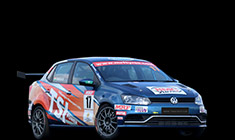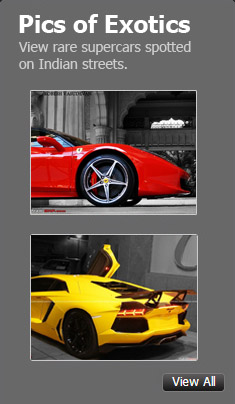News
Saving your 2-stroke bike from harmful effects of ethanol blended fuel
Ethanol generates more heat than pure petrol. Advancing ignition can lead to overheating and seizures.
BHPian justin.das recently shared this with other enthusiasts:
My Quest to Keep My 2 Stroke Motorcycle as Safe as Possible from Ethanol
It’s high time we plan practical solutions to protect our beloved 2-stroke motorcycles from the harmful effects of ethanol blended fuel. According to recent reports, the ethanol blend in fuel has already reached 20% and is expected to go up to 30% soon. This will be devastating for older automobiles and motorcycles.
I’ve discussed this issue with several knowledgeable senior enthusiasts and am compiling everything I’ve learned here for the benefit of the wider community to help keep our machines running reliably.
Acknowledgements
I’d like to credit the senior enthusiasts whose insights helped shape this post:
- Joseph Thumpassery – For his detailed guidance on separating ethanol from petrol. A specialist in 2-stroke engines, especially chainsaws. He’s the most senior and knowledgeable enthusiast I know.
- Gautam Chatterji – A walking encyclopedia on 2-stroke motorcycles, especially Yamaha RDs. He works in core engine development. Much of the RD related content of my previous post and this one comes from him.
- Rohinton Dara Chinoy – Learned a great deal from the RDDreams Facebook page. The “Precautions” section is inspired by his suggestions.
- Aditya Bose – A dear friend and hardcore enthusiast. I’ve gained valuable insights from him on rebuilding RDs and sourcing parts.
Can Ethanol Be Separated from Petrol?
This was a key question during our discussions:
The answer is yes, but it’s not as easy as it sounds.
Here’s the basic process:
- Take around 5 litres of petrol (Quantity can be any, add water accordingly, that's it)
- Add a small quantity of water, shake well, and let it settle for 24–48 hours.
- Since ethanol is hygroscopic, it bonds with water and separates from the petrol.
- The water ethanol layer settles at the bottom, while the petrol stays on top.
- From 1 litre of E20 blend, you might recover around 800 ml of petrol.
But there’s a catch:
This separated fuel loses its octane rating and anti-knock properties. To restore it, you’ll need to add octane boosters or chemicals like toluene both of which add to cost and complexity. Doing this regularly is labor-intensive and expensive.
Alternatives and Preventive Measures:
1. Use synthetic 2T oil
Synthetic oil maintains a stable film even when mixed to ethanol blended fuel.
2. Use premix even if your bike has autolube
This adds an extra layer of lubrication, protecting internal engine components.
3. Use ethanol-resistant fuel lines
Ethanol degrades standard rubber hoses over time; replace with ethanol-safe options.
4. Stick to the original float needles
Avoid using Royal Enfield float needles as substitutes; Mikuni Japan carbs always opt for proper metal float needles. One of the reason we should not use RE float pin and seat could be attributed to the hole size, RE has smaller hole for fuel delivery however RD has much larger, which will stop from fuel starvation especially when riding fast or accelerating harder, correct float hole helps maintain fuel level especially when RD needs lots of it during high revs and generous throttle opening.
5. Run richer fuel mixtures
Ethanol burns leaner due to its higher oxygen content. Compensate by adjusting jetting.
6. Do not advance ignition timing
Ethanol generates more heat than pure petrol. Advancing ignition can lead to overheating and seizures.
7. Allow the engine to reach optimal temperature before riding
Never ride cold; ensure good lubrication and heat expansion.
8. Fuel stabilisers: They can help slow down the degradation of ethanol-blended fuel, especially if the motorcycle is not ridden frequently.
9. Keep an Eye on the Spark Plugs: Ethanol's leaner burn can change your plug reading. Regularly inspect spark plugs to adjust jetting and avoid lean seizure.
Precautionary Measures
- Ride your 2-stroke motorcycles at least twice a week. Ethanol fuel degrades faster than pure petrol, leading to gumming and corrosion.
- Each ride should be at least 10 km long. This ensures the engine reaches proper operating temperature.
- Before reaching home, close the fuel petcock. Let the carburettor float bowl run dry to prevent fuel from sitting and degrading.
- Ensure the engine runs long enough to heat the barrels. This evaporates any residual fuel vapours from the combustion chamber.
Effects of Long-Term Ethanol Blended Fuel Usage
- The effect on the crank seal and bearings is yet to be established. We need more data to see what will happen, especially with E20/30 in the long term.
- Soot formation, gumming of piston rings and effect on small end bearing due to change in fuel viscosity and lubricity.
Check out BHPian comments for more insights and information.






.jpg)





_1.jpg)






